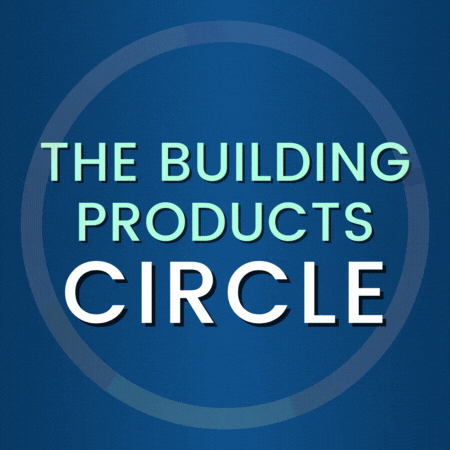There are many updates to the Florida Building Code 7th Edition (2020), but several of them directly impact structural building component product evaluations. A similar update schedule applies to updating
Here’s a breakdown of whats changed and what to expect when updating your Florida Product Evaluations & plans to the 2020 Florida Building Code:
1) ASCE 7-10 is now ASCE 7-16: If your product already lists design pressures, there’s no real change other than clarifying if the listed pressures are ASD (allowable stress design) or Ultimate (factored up). The user would need to use the new ASCE 7 standard to calculate site specific pressures. if your approval lists any type of wind velocity, exposure category, mean roof height, that all has to be updated or removed in favor of listing only design pressures. ASCE 7-16 is much more complicated in how those calculations are performed.
2) NDS Wood Design Manual with Supplement – NDS-2015 > 2018 – Several of the many changes to consider for use of and attachment values of products to wood include withdrawal design values, new provisions for roof sheathing ring shank nails, new head pull through design provisions, revised lateral design values for threaded nails, changes to wood species, grades, insizing factors, among many other changes when designing with or connecting to wood. Read more about it by clicking here.
3) Anchors manufacturers, names, capacities, requirements have changed – This is probably the biggest change in that anchor manufacturers frequently used for product evaluations have sold, tested new products, and updated existing products. A case by case study and review of what additional anchors are needed for each project is required for all approvals. Examples include Dewalt purchased Powers & Elco and require the anchor names be changed to their specifications (Engineering Express happens to also do the product evaluations for these and numerous other anchor manufacturers).
4) AISI Cold-Formed Steel Code – AISI S1/S2-12 > 2015/2016 – must be reviewed and updated wherever referenced (mostly as a substrate, minor change that affects some evaluations).
5) Plans should be made ‘digital ready’ – Not something we charge additional for, but with today’s rapid changing touch environment, evaluations are being used for ePermit filing, never touching paper. More are coming online regularly and well before the end of this code cycle it will be mainstream. Evaluations should have a true digital certification and having live links and other digital ready designs is not only helpful to the user, but it truly upgrades the analog world into digital, something engineers should be most keen at but typically aren’t. That’s in fact our specialty. We’ve been practicing this for a long time for this moment.
Overall, the standard of care for general notes is constantly changing as well as corporate information for engineering firms, upgrades to CAD drafting systems and conversions to PDF (like converting Excel tables to CAD) has been updated and allow for better output of data, as well as other title block copyright and address/contact information for both the client and Engineering Express.
Please note that this is in no way a complete list and there are many other code items, referenced standards, and details to be reviewed on a case by case basis.
Last Update: March 18, 2021
